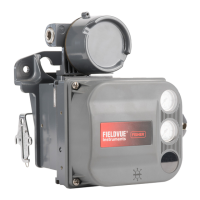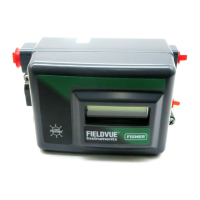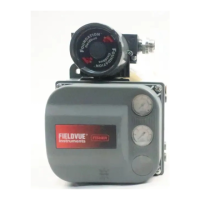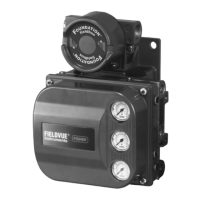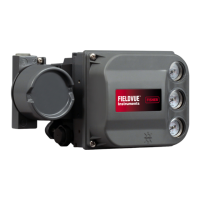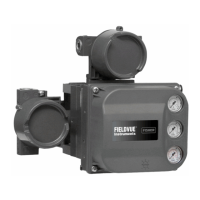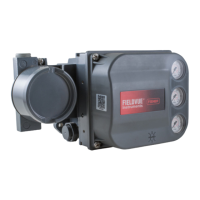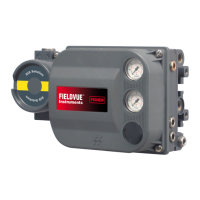Instruction Manual
D102748X012
DLC3010 Digital Level Controller
Configuration
May 2018
48
Device Identification
Field Communicator Configure > Manual Setup > Device Identification (2-2-5)
Follow the prompts on the Field Communicator display to view or edit information in the following fields.
D Tag (also called HART tag) is a unique name (up to eight characters) that identifies the physical instrument.
D Instrument Serial Number— Use this field to enter or view the serial number on the instrument nameplate, up to 12
characters.
D Sensor Serial Number— Use this field to enter or view the sensor serial number. The sensor serial number is found on
the sensor nameplate.
D Final Assembly Number— A number that can be used to identify the instrument and sensor combination.
D Date provides a place to save the date of the last revision of configuration or calibration information. It has no
impact on the operation of the controller or Field Communicator. The format, such as MM/DD/YYYY, will be
controlled by the settings of the host operating system.
D Description provides a longer user‐defined electronic label to assist with more specific controller identification than
is available with the HART tag. The descriptor may be up to 16 characters long and has no impact on the operation
of the controller or HART‐based communicator.
D Message provides the most specific user‐defined means for identifying individual controllers in multi‐controller
environments. it allows for 32 characters of information and is stored with the other configuration data. Message
has no impact on the operation of the controller or the Field Communicator.
Communications
Field Communicator Configure > Manual Setup > Communications (2-2-6)
D Polling Address— If the digital level controller is used in a point‐to‐point configuration, the Polling Address is 0.
When several devices are connected in the same loop, each device must be assigned a unique polling address. The
Polling Address may be set to a value between 0 and 15. A device with polling address greater than 0 will operate in
Multi-Drop mode, with output current fixed. Any process information from a device in Multi-Drop mode must be
obtained via HART communication.
D Burst Mode— Enabling burst mode provides continuous communication from the digital level controller.
Note
It may be difficult to make configuration adjustments to the DLC3010 while it is in burst mode, due to an increase in
communication errors. To reconfigure the device, it is advisable to first disable burst mode.
Depending upon the burst option selected, the digital level controller will burst the variables as shown in table 4‐4.
